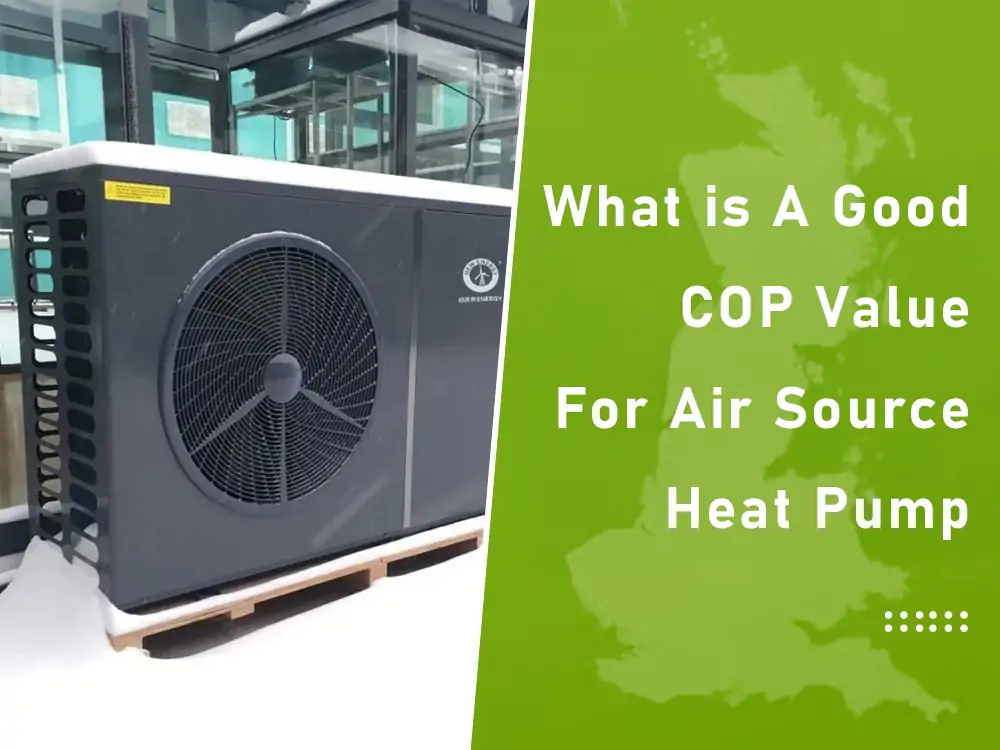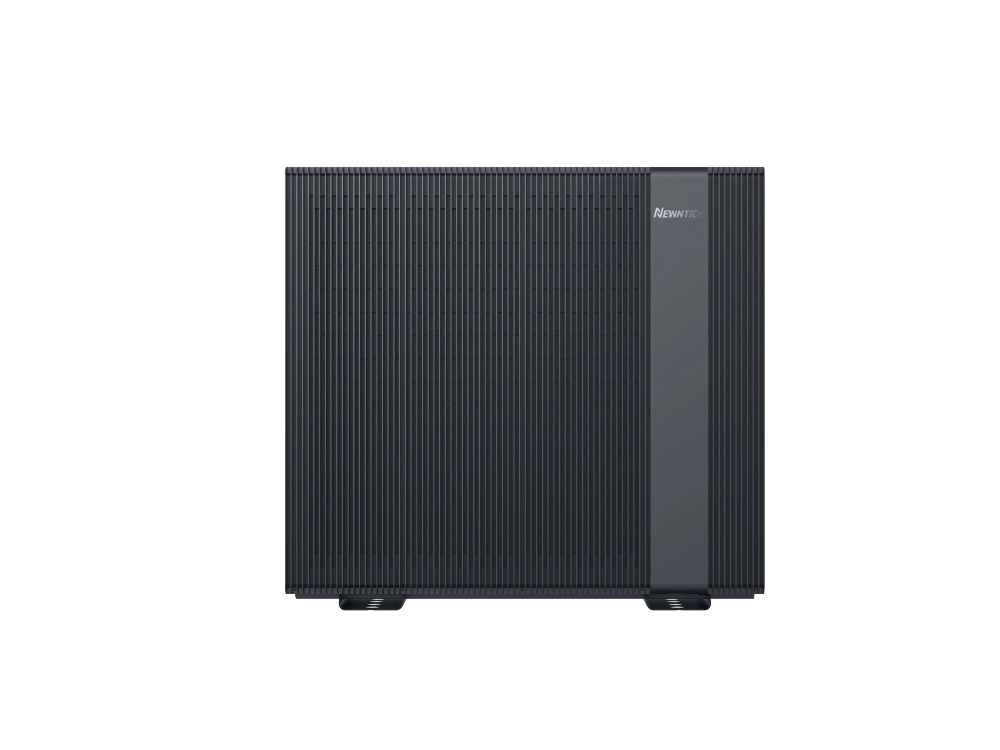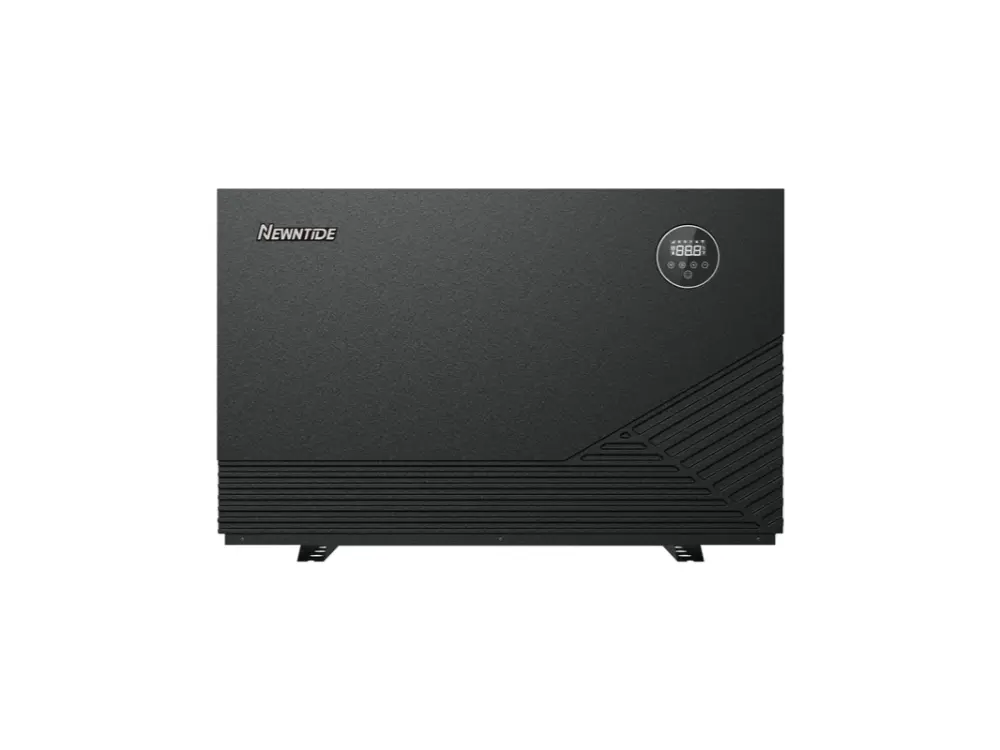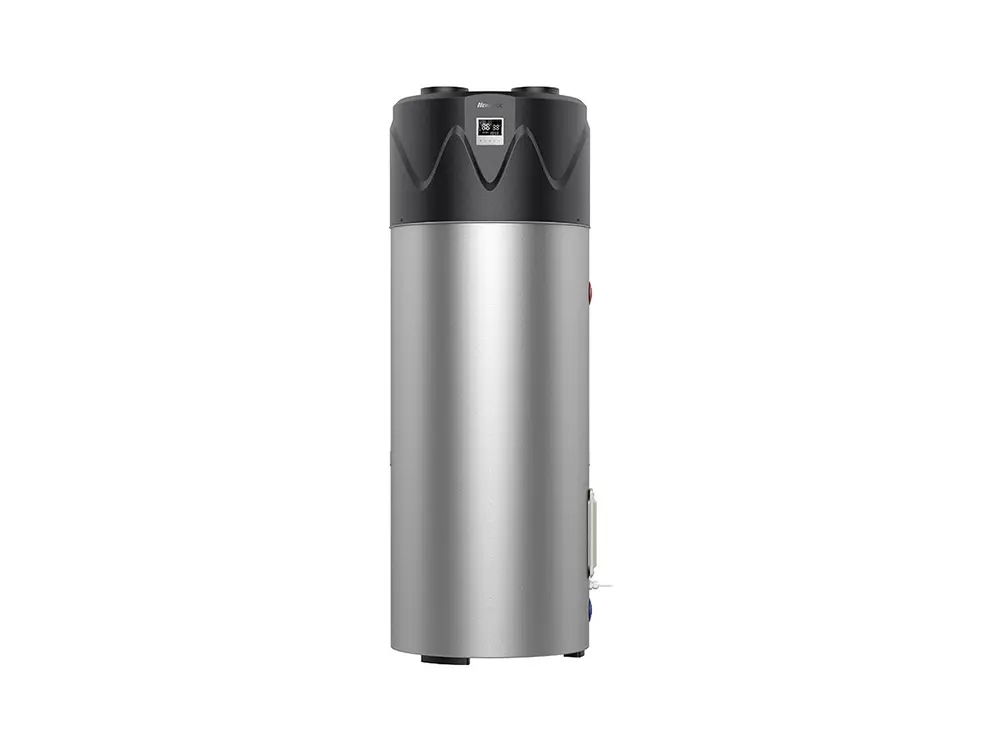
Introduction
As you’re aware, COP (Coefficient of Performance) is a pivotal efficiency metric of heat pumps. Simply put, it’s the ratio of heating capacity to the total power input.
The ideal COP rating for heat pump systems commences from 2.0. Air-source varieties range between 2.0 and 4.0, with around 3.5 being considered ideal.
Here, we’ll meticulously examine the differing aspects of the COP of air-source heat pumps. That includes a fundamental understanding of the COP value and its calculation via an example.
We’ll further give insight into factors affecting COP and guide how to maximize it.
What is the ideal COP rating of air-source heat pumps?
Air-source heat pump COP ranges between 2.0 and 4.0. Yet some modern, high-performing models can achieve even greater values under fitting conditions.
A COP between 3 and 3.5 is considered ideal for air-source varieties. That indicates a highly efficient working system.
Note that heat pump manufacturers typically publish COP values of their varying models. Regarding real-world testing, noticeable differences can arise in these values.
The reason can be attributed to manifold factors that can affect these ratings. One noteworthy factor is your household’s insulation level. If your household isn’t adequately insulated, there can be notable heat loss, which can diminish efficiency and COP value.
Other factors like equipment operating status, e.g., load, can substantially affect such value.
Keep reading to grasp more about these influential factors.
Why is the coefficient of performance pivotal when purchasing a heat pump?
Are you also thinking of purchasing a heat pump model for your household? Then, the COP rating is a crucial factor to reflect on. It’s especially noteworthy before selecting a model and making the buying decision. These are some prominent considerations in this regard:
- Knowing such a value of a heat pump model can be pivotal. In this way, you can better make a judgment on its efficiency. That means the greater the value, the more efficient the model is.
- Being aware of such a value can also help measure the model’s performance. That implies that the heat pump model will use less electricity for heating/cooling.
- The interior heating setup is as substantial as the appliance. That implies less electricity consumption outcomes in lessened operating costs. That leads to increased cost-effectiveness with time.
- Furthermore, the COP rating also indicates the environmental friendliness of the heating/cooling system. The higher the rating, the more it can help lessen CO2 emissions.
- COP rating is also a way to compare different heat pump models before purchasing one.
Note that such value shouldn’t be the only parameter when purchasing a heat pump unit. You must also contemplate other factors before the purchase like:
- Weather conditions
- Installation costs
- The appliance’s size
- Your household’s insulation level
Understanding the coefficient of performance
As you can see, COP denotes the performance rating of air-source heat pump varieties. It specifies the heat pump system’s effectiveness in heat transfer.
It’s simply the ratio of heating capacity and entire power input. It’s determined by dividing the heat output by the energy input at a steady state. Namely, a COP of 3.5 means the system delivers 3.5kW of heating using 1kW of electricity.
That also implies the heat pump functions at 350% efficiency. In contrast, natural gas boilers can be expected to run at a COP of around 0.9. That means its efficiency will sit at around 90%.
That’s why a heat pump is less carbon-intensive in terms of functioning than natural gas boilers. Heat pumps are, however, driven by electric energy.
According to thermodynamics laws, heat flows naturally from hotter to cooler areas. Air-source units reverse this natural flow. They transport heat from a cooler area (e.g., the outside air) to a warmer area (inside your household).
That process necessitates work. That’s why heat pumps function on electricity. Hence, the COP rating stipulates the heat pump’s efficiency in performing this work. It shows the ratio of the heat energy output to the work input.
Note that COP isn’t a static value. It can vary and is dependent on various factors, including external temperature and heat pump system usage. Learn more about COP and SCOP.
How do we determine the COP value of an air-source heat pump?
You can determine the COP value of an air-source unit by the following formula:
COP value=heat energy output/electrical energy input
Here is an example of a COP value calculation. Suppose the heat output of the air-source unit is 50000 BTUs (British Thermal Units). Meanwhile, its operating power or the electrical energy input is 4100 watts.
You may know that:
1 BTU=0.293 watts
Thus, heat output in watts=50000 BTUs*0.293=14650 watts
COP value=14650 watts/4100 watts=3.57
Thus, the COP value in this example is 3.57.
How to get maximal COP of an air-source heat pump
The manufacturer and model of an air-source heat pump sets its COP via its efficiency design. Yet, you can maximize the value of your air-source unit by taking noteworthy measures. That ascertains your air-source unit performs efficiently to get the highest potential value.
These measures are:
1. Insulation measures
Insulating your household aids heat to remain inside for a more extended period. That also lessens the demand on the heat pump to deliver the desirable inside temperatures. Furthermore, that aids the heat pump to use less energy.
Some insulation measures for your household before heat pump installation can include:
- Cavity-wall insulation
- Double-glazing
- Additional loft insulation
2. Regular maintenance
Routine maintenance of the heat pump is also imperative to maximize its COP. Have your air-source unit serviced by a professional technician at least once a year. This ascertains that it operates at maximum efficiency and doesn’t consume unrequired energy. The technician can further identify and fix issues that are not apparent to you.
Regular maintenance further aids in prolonging the air-source unit’s lifespan.
3. Selecting efficient heat pump equipment
It’s also noteworthy to select efficient heat pump equipment. The interior heating setup is as substantial as the appliance. It’s a significant factor when it comes to COP and efficiency.
Air-source heat pump varieties operate at lower heating temperatures than other heating systems. Thus, the internal heating apparatus should release the heat as effectually as possible.
Let’s take the case of using air-to-water heat pumps. Using equipment with greater surface area can raise overall efficiency in such instances. These include:
- Modern radiators
- Underfloor heating
Factors affecting the Coefficient of Performance (COP)
You now know that such a rating measures the heat pump’s efficiency and performance. Yet several factors can affect such ratings of heat pumps. The notable of them are as follows:
1. Usage
Heat pump usage is the first factor that can influence the rating. You can see that with time, heat pump issues can arise. These can include the following:
- Dirty filters
- Blocked coils
- Low refrigerant levels
These issues can, in turn, lead to a decline in the system’s COP. The heat pump system can struggle to function under substandard conditions, and neglect in these areas can also decrease its COP.
To avoid this, properly maintain the unit as it aids in preserving its optimal COP. Regular maintenance procedures like checking refrigerant levels and cleaning filters ensure optimal efficiency.
2. External temperature and humidity
External temperature and humidity are some paramount factors affecting the device’s COP.
You may know that the air-source varieties absorb heat from the outside air. As the external temperature drops, the unit needs to work harder. It’s to uphold the same level of output.
This raised effort can, in turn, lead to a decline in COP. For instance, an air-source unit can function at peak efficiency in mild temperatures. During this period, it can have a higher COP value. However, it can witness a lessened value during cold winters when the outside temperatures drop.
Like external temperature, humidity can also affect the heat pump system, especially its evaporator coil. The air’s moisture can condense on the coil. That may lessen the heat pump’s ability to draw heat from the outside air.
Increased humidity may also lead to higher energy consumption by the heat pump unit. That’s because the system may need to work harder. The aim is to maintain the desirable indoor humidity and temperature levels.
3. Equipment operating status (such as load, operating time) and air-water loop type
The operating status of equipment can further affect the COP of heat pumps. The system’s efficiency may vary when functioning at full or part loads. Part load conditions may diminish the system’s COP values.
Furthermore, the temperature of the water that’s being heated affects the efficiency of air-to-water heat pumps. Lower flow temperature typically results in greater COP values.
A lower flow temperature implies the system doesn’t need to work harder for heat transfer.
Moreover, the operating time of equipment can also affect the efficiency and, hence, the COP. Your system may recurrently start and shut down (typically known as short cycling). That substantially decreases the system’s efficiency and COP compared to when it’s functioning continuously.
Additionally, open-loop heat pumps typically possess the highest COP. This value of the closed-loop system is also high. But it’s not higher than that of open-loop heat pumps.
Conclusion
Doubtlessly, COP is one of the primary ways to evaluate a heat pump’s performance. It’s furthermore a key indicator of the system’s eco-friendliness and efficiency. Having a clear idea about such a rating aids in understanding the heat pump’s functioning better.
Some of the ways through which COP can be maximized for optimal performance include:
- Make sure your household is well-insulated
- Carrying out regular maintenance of your unit
- Opting for efficient heat pump equipment
Taking such measures gives you maximum benefit from your heat pump unit.



